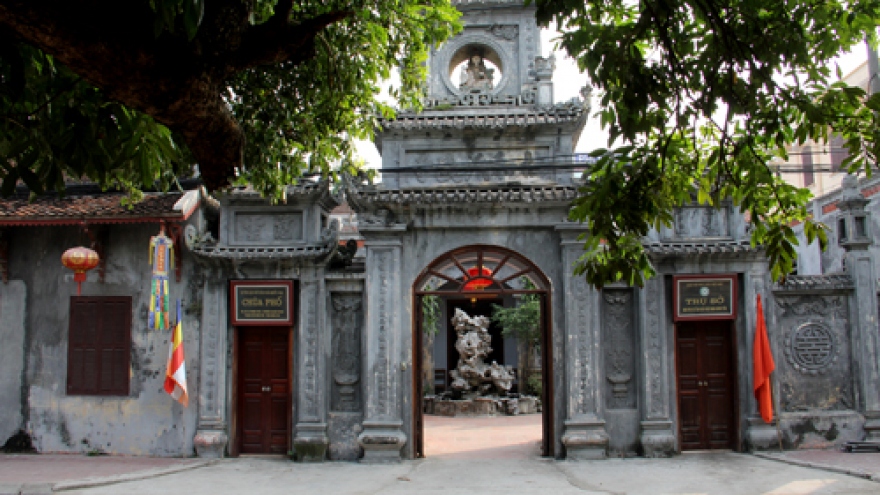New Year customs enrich Vietnamese culture
Visiting pagodas at the beginning of Lunar New Year has become an age-old tradition of Vietnamese people.
 |
Among the religious destinations, Tay Ho pagoda attracts the largest number of visitors from both in and outside Hanoi with several thousand each day during Tet holidays.
Fruit and offering shops in the entrance leading to the pagoda are overcrowded with visitors on the occasion.
The first half of the first lunar month is the best time for a pilgrimage. Joining the flow of devotees in spring’s wonderful atmosphere you may feel the harmony of the sky and the earth.
Giving money on the occasion of New Year, with desires that better things will happen in future, has become an indispensable custom of the Vietnamese during the Lunar New Year (Tet) festival.
During the New Year festival, the elderly normally congratulate kids on becoming a year older by presenting them with very nice and small red paper envelopes which symbolise luck and good fortune.
According to the custom, the money given on the advancement in age is brand new and of low face value, but bears wishes for growth and successful study.
The first visitor of the New Year is very important to Vietnamese because they he or she is believed to decide the luck of the host for the entire year. Traditionally, the visitor is a member of the family or a good friend.
According to historian Le Van Lan, as the nation's economy depends so much on farming, the earth was very important. The Xong dat, (first visit to a land) custom has its roots in this belief.
It is thought that if the land is good, the house is built on it is good and the family who lives on it will have good luck. The custom is also an occasion for people "to show love to the Mother Land," Lan said.
The Xong dat custom originally aimed to show one's love for the earth. It is a sacred connection and can't be turned into a service, said historian Lan.




